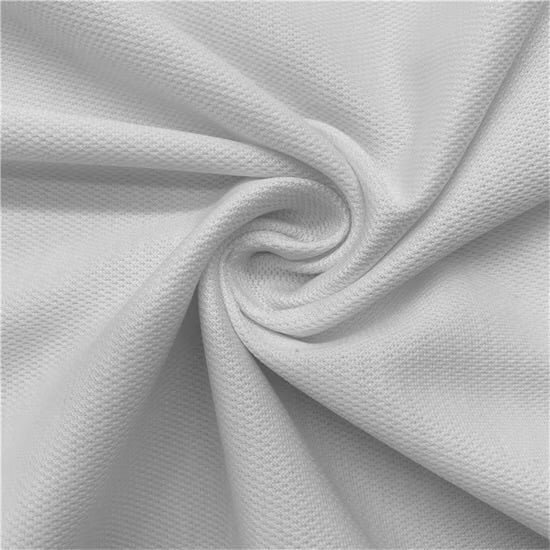
Fabric Weight and Performance
Share
Fabric weight, measured in GSM (grams per square meter), is one of the most important factors that determines how a garment looks, feels, and performs. A higher GSM means the fabric is denser and heavier, while a lower GSM indicates a lighter, thinner fabric. Choosing the right fabric weight is essential to match climate, activity, and garment purpose.
1. Lightweight Fabrics (100–150 GSM)
-
Characteristics:
- Thin, soft, and highly breathable.
- Flexible and drapes easily on the body.
-
Allows maximum air circulation, keeping the wearer cool.
-
Comfort & Performance:
- Best suited for hot and humid climates.
-
Ideal for activities requiring unrestricted movement.
-
Common Uses:
- Summer t-shirts, activewear tops, inner layers, and casual wear.
-
Fabrics like lightweight cotton, linen, and jersey knits.
-
Limitations:
- Less durable, prone to wear and tear with heavy use.
-
May feel too thin or sheer in some cases.
2. Medium-Weight Fabrics (150–200 GSM)
-
Characteristics:
- Strikes a balance between softness and structure.
- Offers moderate warmth without being overly heavy.
-
Holds its shape well while still being comfortable.
-
Comfort & Performance:
- Suitable for year-round wear, adaptable across seasons.
-
Provides a good mix of breathability and durability.
-
Common Uses:
- Everyday t-shirts, polo shirts, dresses, shirts, and casual wear.
-
Blended fabrics (cotton-poly, cotton-elastane) often fall in this range.
-
Limitations:
-
May not provide enough insulation in very cold climates or enough cooling in extreme heat.
3. Heavyweight Fabrics (200+ GSM)
-
Characteristics:
- Dense, thick, and sturdy fabric with more substance.
- Provides significant warmth and durability.
-
Less flexible, with a firmer drape.
-
Comfort & Performance:
- Excellent for cold weather and layering pieces.
-
Withstands frequent wear and maintains structure over time.
-
Common Uses:
- Hoodies, sweatshirts, outerwear, workwear, and winter layering garments.
-
Fabrics like French terry, fleece, heavyweight cotton, and canvas.
-
Limitations:
- Can feel heavy and less breathable.
-
May restrict movement if not blended with stretch fibers like elastane.
How to Choose the Right Fabric Weight
- Climate → Lightweight for summer, heavyweight for winter, medium for transitional weather.
- Activity → Lightweight for sports and mobility, medium for daily wear, heavyweight for rugged or outdoor activities.
- Garment Function → Consider whether the piece is meant for cooling, comfort, durability, or insulation.
In summary:
- Lightweight (100–150 GSM) → Cool, breathable, flexible → Best for summer & activewear.
- Medium-weight (150–200 GSM) → Balanced comfort & structure → Best for everyday wear.
- Heavyweight (200+ GSM) → Warm, durable, structured → Best for winter & layering.
